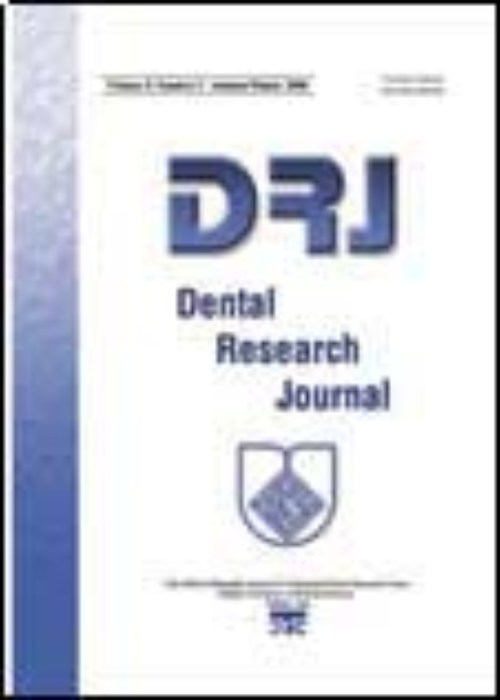Interaction between lidocaine hydrochloride (with and without adrenaline) and various irrigants: A nuclear magnetic resonance analysis
Author(s):
Abstract:
Background
Interaction between local anesthetic solution, lidocaine hydrochloride (with and without adrenaline), and root canal irrigants such as sodium hypochlorite (NaOCl), ethylene diamine tetra-acetic acid (EDTA), and chlorhexidine (CHX) has not been studied earlier. Hence, the purpose of this in vitro study was to evaluate the chemical interaction between 2% lidocaine hydrochloride (with and without adrenaline) and commonly used root canal irrigants, NaOCl, EDTA, and CHX. Materials And Methods
Samples were divided into eight experimental groups: Group I-Lidocaine hydrochloride (with adrenaline)/3% NaOCl, Group II-Lidocaine hydrochloride (with adrenaline)/17% EDTA, Group III- Lidocaine hydrochloride (with adrenaline)/2% CHX, Group IV-Lidocaine hydrochloride (without adrenaline)/3% NaOCl, Group V-Lidocaine hydrochloride (without adrenaline)/17% EDTA, Group VI-Lidocaine hydrochloride (without adrenaline)/2% CHX, and two control groups: Group VII-Lidocaine hydrochloride (with adrenaline)/deionized water and Group VIII-Lidocaine hydrochloride (without adrenaline)/ deionized water. The respective solutions of various groups were mixed in equal proportions (1 ml each) and observed for precipitate formation. Chemical composition of the formed precipitate was then analysed by nuclear magnetic resonance spectroscopy (NMR) and confirmed with diazotation test. Results
In groups I and IV, a white precipitate was observed in all the samples on mixing the respective solutions, which showed a color change to reddish brown after 15 minutes. This precipitate was then analysed by NMR spectroscopy and was observed to be 2,6-xylidine, a reported toxic compound. The experimental groups II, III, V, and VI and control groups VII and VIII showed no precipitate formation in any of the respective samples, until 2 hours.Conclusion
Interaction between lidocaine hydrochloride (with and without adrenaline) and NaOCl showed precipitate formation containing 2,6-xylidine, a toxic compound.Keywords:
Language:
English
Published:
Dental Research Journal, Volume:11 Issue: 3, May 2014
Page:
395
magiran.com/p1286767
دانلود و مطالعه متن این مقاله با یکی از روشهای زیر امکان پذیر است:
اشتراک شخصی
با عضویت و پرداخت آنلاین حق اشتراک یکساله به مبلغ 1,390,000ريال میتوانید 70 عنوان مطلب دانلود کنید!
اشتراک سازمانی
به کتابخانه دانشگاه یا محل کار خود پیشنهاد کنید تا اشتراک سازمانی این پایگاه را برای دسترسی نامحدود همه کاربران به متن مطالب تهیه نمایند!
توجه!
- حق عضویت دریافتی صرف حمایت از نشریات عضو و نگهداری، تکمیل و توسعه مگیران میشود.
- پرداخت حق اشتراک و دانلود مقالات اجازه بازنشر آن در سایر رسانههای چاپی و دیجیتال را به کاربر نمیدهد.
In order to view content subscription is required
Personal subscription
Subscribe magiran.com for 70 € euros via PayPal and download 70 articles during a year.
Organization subscription
Please contact us to subscribe your university or library for unlimited access!


